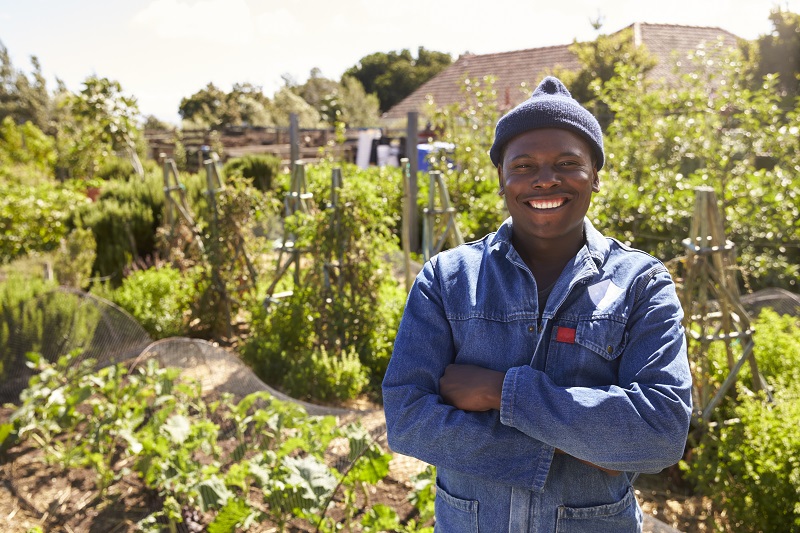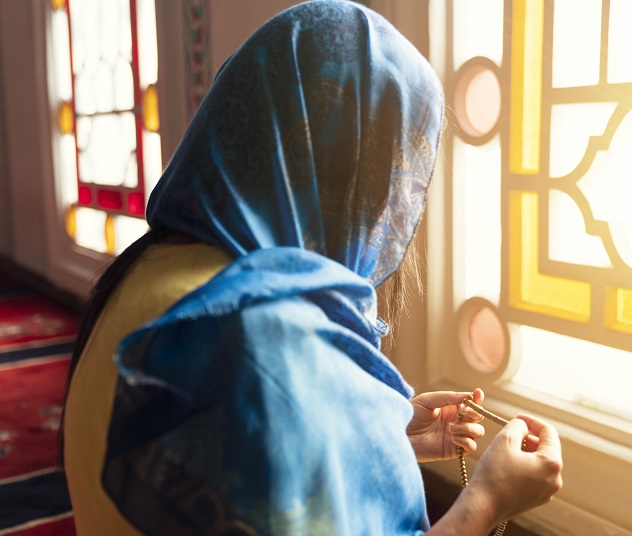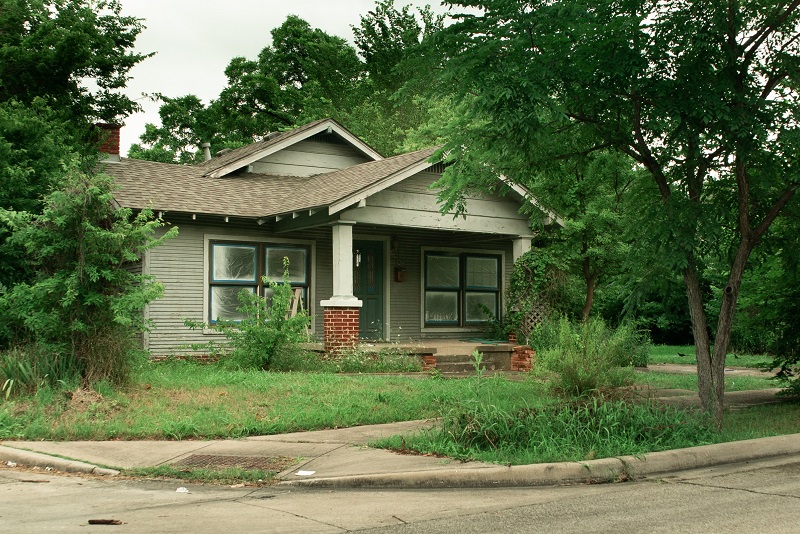Housing Solutions and Opportunities

Housing Security and Heart Health
Current and Future Workshops
The American Heart Association and Enterprise Community Partners, with the generous support of the Kresge Foundation, is launching an initiative to address health equity and housing security. Working with faith-based organizations we have a unique opportunity to build community housing solutions that leverage faith-based owned land. As part of the Kresge Foundation and Enterprise Community Partners collaboration, five cities will embark on a journey to improve housing within their communities.
Future Workshops - TBD
Building Community Housing Solutions
Social Determinants of Health Policy, Position and Scientific Statements: Housing
- Healthy Neighborhoods Position Statement of the American Heart Association
- Housing Access, Affordability, and Discrimination Position Statement of the American Heart Association
- Housing and Cardiovascular Health Policy Statement American Heart Association
-
Housing conditions affect cardiovascular health risks
American Heart Association Scientific Statement
Building Community Housing Solutions
 Systemic challenges — such as inequities in housing, education, income, criminal justice and health — are not separate issues. These problems were seeded through a deep and entangled history of policies, practices and processes that remain murky and misunderstood.
Systemic challenges — such as inequities in housing, education, income, criminal justice and health — are not separate issues. These problems were seeded through a deep and entangled history of policies, practices and processes that remain murky and misunderstood.
Fundamental questions about under-resourced communities are unanswered: How did we get here, and what does that mean for where we are going?
Undesign the Redline, a program by Designing the We, explores opportunities from a shared value perspective and grounds discussions about race, wealth, opportunity and power in an honest context that is not about guilt and blame. The program allows everyone to contribute to the design and development of projects, partnerships and decisions that seek to transform communities.
In the 1930s, redlining maps were introduced as a federal policy. These maps delineated areas considered too risky for federal backing of newly invented homeownership programs that would transform the American middle class, showing areas prime for investment vs. areas where no money would be lent.
The neighborhoods outlined in red, based almost entirely on race and ethnicity, would receive no investment. These areas were deemed “infiltrated” by “hazardous populations.”
Redlining was how structural racism was designed into cities. It shifted segregation from visible superstructure to ubiquitous infrastructure, isolating communities of color even while “colored only” signs came down.
This geography became a machine for reproducing a racially and class-divided society. Investment drained from concentrated “inner city” zones of poverty, mostly comprising people of color, while investment poured into the rapidly expanding wealthier, whiter suburbs.

Community Innovation Exchange
Visit our searchable, interactive digital hub to connect, learn, source and contribute solutions for community improvement.

Impact


